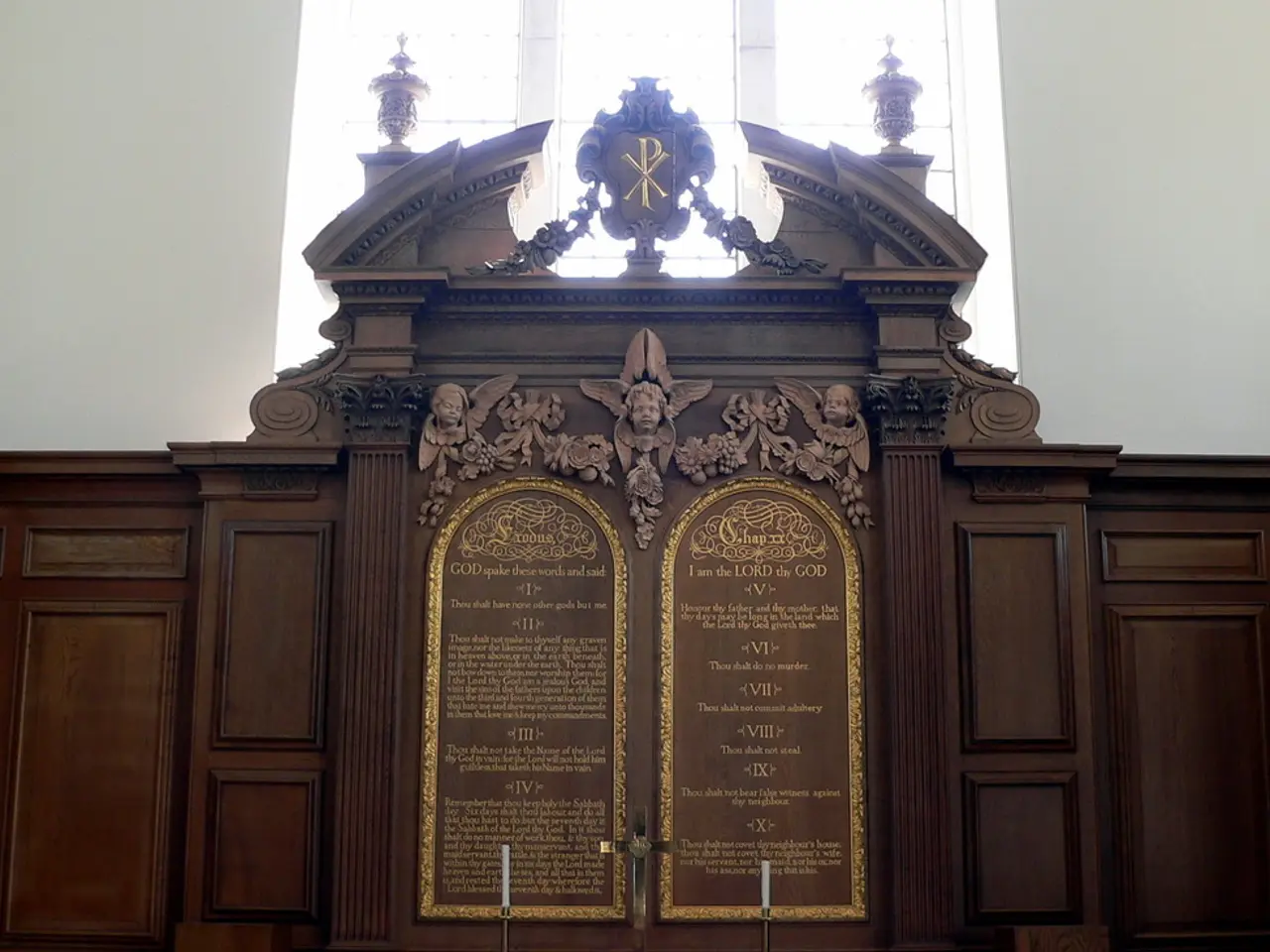Discovering the Museum of African Art in Belgrade: A Cultural Gem
Art Museum in Belgrade, Serbia Dedicated to African Artifacts
Nestled in the heart of Belgrade, Serbia, the Museum of African Art stands as a vibrant testament to historical cultural exchange. Established in the Cold War era, this museum reflects Yugoslavia's significant role in the Non-Aligned Movement and its strong anti-colonial stance.
A Symphony of Art and History
The museum's collection primarily comprises artifacts collected by Yugoslav officials working in Africa and later augmented through gifts from African officials and artists. The exhibits span a wide range of African cultures, including the Senufo, Dogon, Bambara, Dan, and many more.
One of the museum's standout pieces is the smoothly-carved Senufo tortoise, which masterfully balances realism and geometric abstraction. Meanwhile, the Bambara male figure, with its stolid physique and prominent nose, exudes a self-contained power that captivates visitors. The Bambara mask with two heads, on the other hand, gracefully suggests the unity and harmony of the sexes, achieved through humility towards a spiritual force.
Architectural Marvels and Masked Wonders
The museum's architecture is equally impressive, featuring Dogon carvings such as decorative pillars and doors. These intricate carvings, adorned with human figures often representing ancestors, exhibit a variety of artistic styles.
The masks on display in the Belgrade museum vary in style, with some being extremely abstract and others more naturalistic. Some masks, such as the Dan masks, are noted for their simplified realism, while others, like the Senufo mask, feature a stylized, wise-looking bird with geometrically spread wings.
A Bridge Between Continents
The labels for the artifacts in the museum are primarily in Serbian, but they are written in the Latin script, making them easily translatable with an app. This accessibility underscores the museum's commitment to fostering cross-cultural understanding.
The masks are displayed in front of large photographs depicting their ceremonial use, an attempt to ameliorate the problem of their static isolation in the museum. This intentional presentation aims to provide visitors with a more immersive and engaging museum experience.
A Legacy of Cooperation and Exchange
The museum's origins are deeply rooted in diplomacy and cooperation. A significant symbol of this is a large anchor from a slaving vessel, gifted by the government of Ghana in 1975 to the museum's founders, Veda Zagorac and Dr. Zdravko Pecar. This anchor, belonging to a vessel that once participated in the horrors of the transatlantic slave trade, now stands as a powerful reminder of Yugoslavia's and Ghana's strong anti-colonial politics and their historical refusal to participate in such activities.
Today, the Museum of African Art in Belgrade continues to reflect Yugoslavia's past commitment to international cooperation and cultural exchange. Its exhibits and initiatives demonstrate the ongoing relevance of the museum and its role in promoting cross-cultural understanding between Africa and Eastern Europe.
From the powerful Bambara female figure with conical breasts and muscular hips, to the intricate Dogon carvings, the Museum of African Art in Belgrade offers a captivating journey through the rich tapestry of African art and culture. It serves as a testament to Yugoslavia's historical involvement in the Non-Aligned Movement and its efforts to forge international relationships, bridging Africa with Eastern Europe in the context of Cold War geopolitics.
- The Museum of African Art in Belgrade, established during the Cold War era, stands as a testament to Yugoslavia's significant role in the Non-Aligned Movement and its strong anti-colonial stance, serving as a bridge between Africa and Eastern Europe.
- The museum's collection includes artifacts from various African cultures, such as the Senufo, Dogon, Bambara, Dan, and more, with exhibits showcasing both abstract and naturalistic masks.
- Although the labels in the museum are primarily in Serbian, the Latin script allows for easy translation, making the museum accessible for visitors seeking cross-cultural understanding of African art and history.




